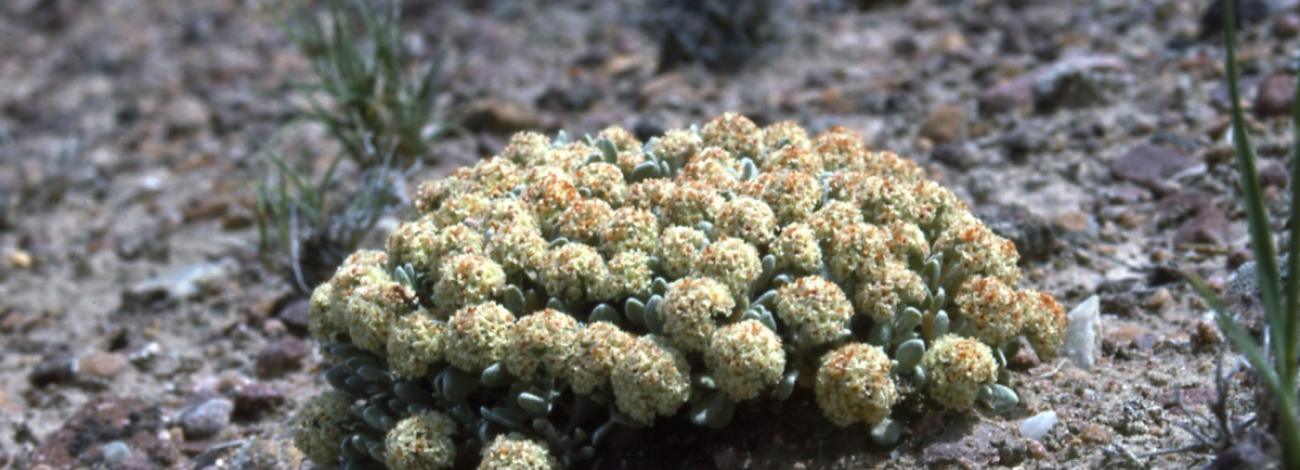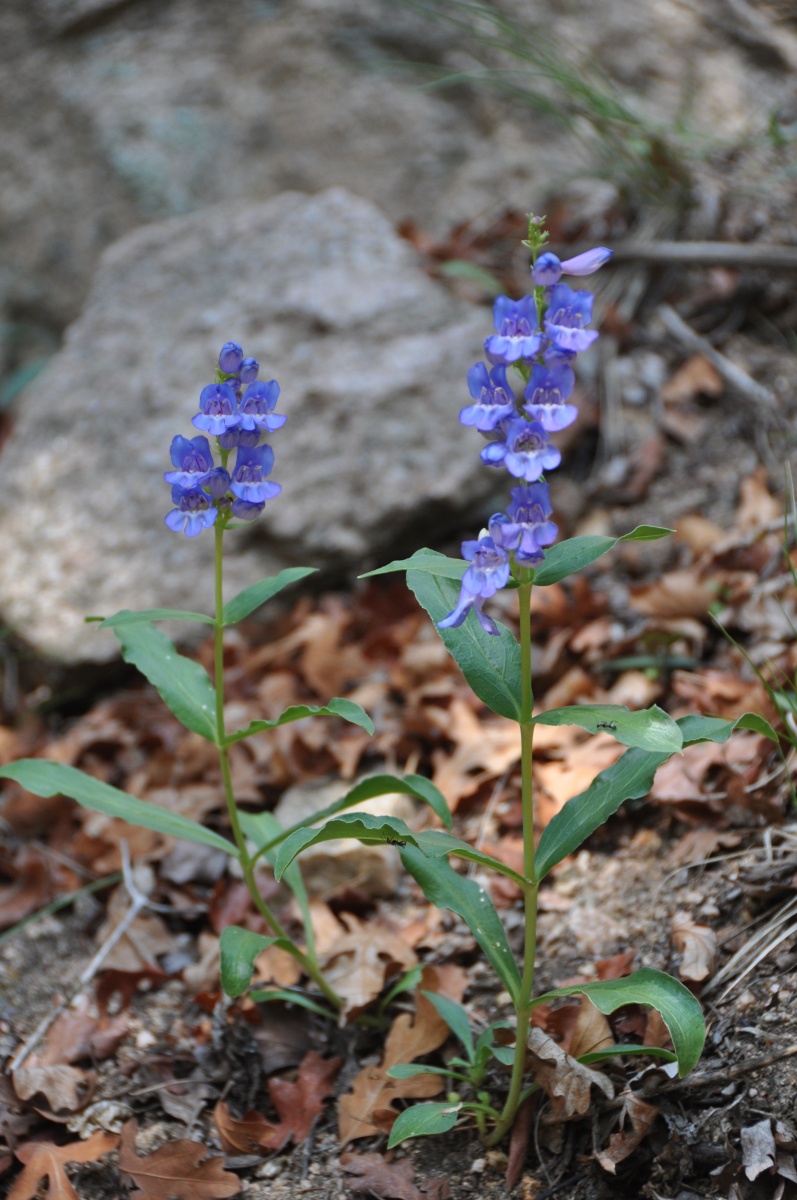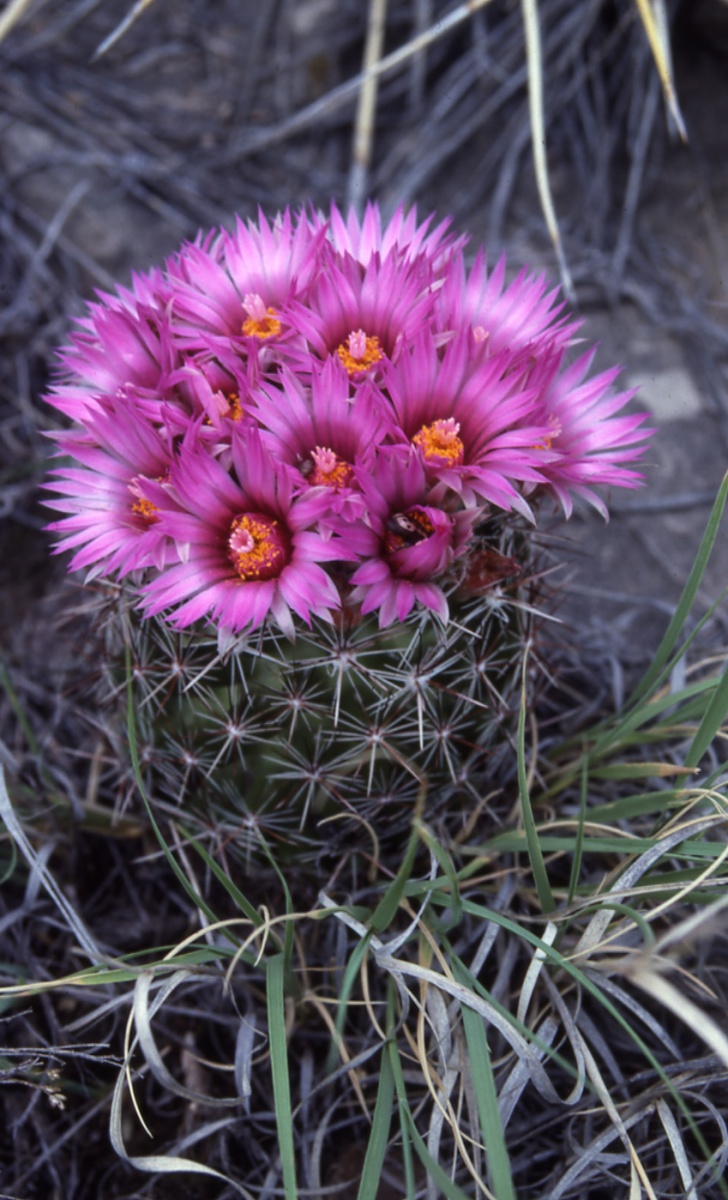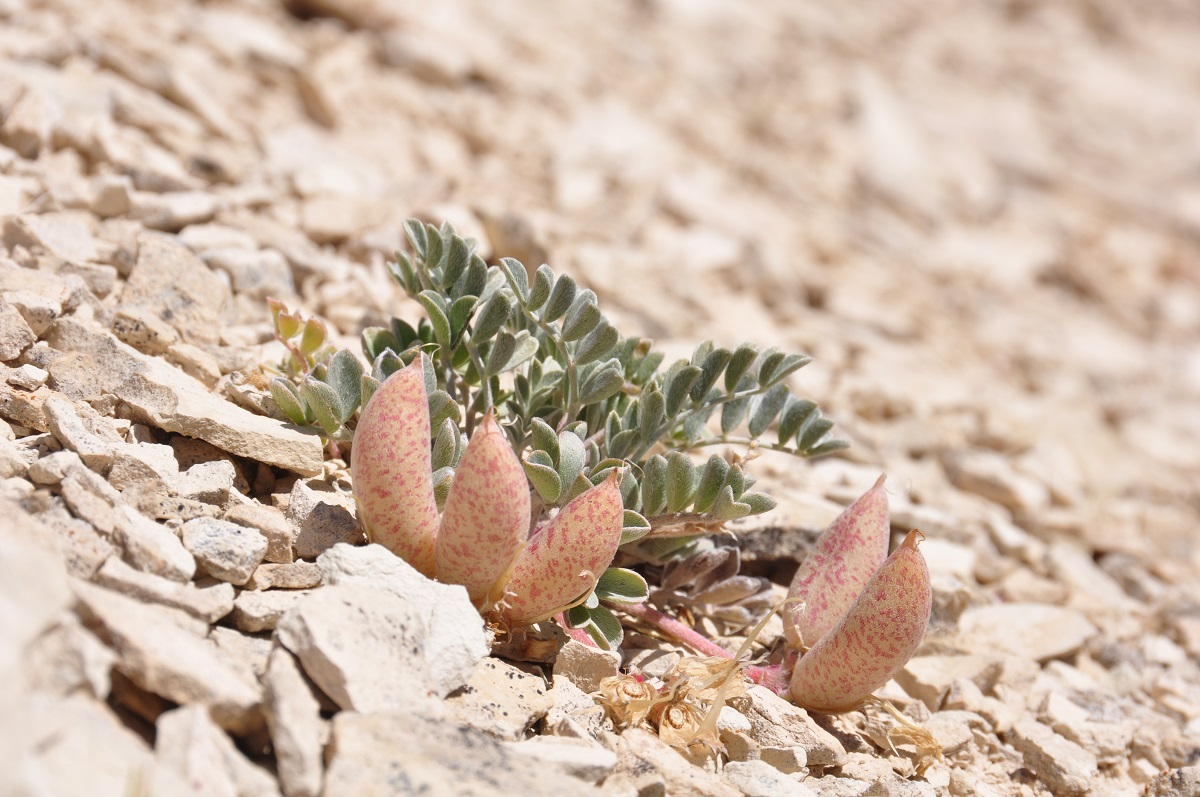
BLM COLORADO NATIVE PLANTS PROGRAM
Every native species, however humble in appearance…..has its place in the nation’s heritage. It is a masterpiece of evolution, an ancient multifaceted entity that shares the land with us. – E. O. Wilson
The Bureau of Land Management manages 8.3 million acres of public land in Colorado that support a wide variety of topographic, climatic, geologic and hydrological conditions. This leads to a high diversity of plant life on those lands, including dry saltbush and sagebrush communities, pinyon-juniper communities, spruce-fir and alpine plant communities, and riparian plant communities across a large elevational gradient.
The state of Colorado is nearly 66.6 million acres in size, supporting these diverse plant habitats at elevations spanning 3,315 feet to 14,431 feet. Colorado is also divided into the eastern and western slopes by the Continental Divide, separating the watersheds that drain into the Pacific Ocean from those that drain into the Atlantic Ocean. The majority of BLM-managed public lands fall within the western slope of Colorado.

The major vegetation zones of Colorado consist of six major types: plains/grassland, foothills, montane, subalpine, alpine, and semi-desert shrublands. Approximately 3,322 plant taxa are currently known from Colorado, with 84 percent of the flora native to the state. These taxa are found within four Omernik’s Level III Ecoregions.
The plains/grasslands are comprised of shortgrass/mixed prairie, sandhill prairie, and tallgrass prairie. These zones occur on the eastern slope of Colorado, and range in elevation from 3,315 feet to approximately 5600 feet. On average, grasslands receive only 14 inches of precipitation a year; summers are hot and dry, with cold, windy, dry winters.
The foothills zone separates the plains from the high mountains. This zone is often referred to as a shrub zone, with grassland species transitioning to shrub-type vegetation, gambel oak, pinyon-juniper woodlands, and ponderosa pine plant communities. The upper limit in elevation for this zone is approximately 8000 feet.
Lodgepole pine forests, spruce-fir forests, aspen forests and grassland meadows at elevations roughly 8,000 feet to 10,500 feet are referred to as the montane zone. Here, summers are cool and precipitation is predominately in the form of snow.
At approximately 10,500 to 11,500 feet in elevation, forests of Engelmann spruce, subalpine fir, and stands of bristlecone and limber pine begin to dominate. In the subalpine zone, precipitation is greater than 30 inches per year, with snowpack persisting well into the summer months.
The highest zone in Colorado is the alpine zone, above treeline at approximately 11, 500 feet to 14,431 feet in elevation. The climate here is cold and windy, with a very short growing season. Annual precipitation is between 40 – 60 inches. The flora of the alpine zone is quite diverse.
Semi-desert shrublands occur in Colorado on the western slope and in the intermountain parks. There are three main types: sagebrush, saltbush, and greasewood-dominated shrublands. Probably the most familiar shrublands are the sagebrush shrublands that are found between 7,000 and 10,000 feet in elevation. Precipitation is generally less than 15 inches per year; the climate is characterized by hot summers and cool to cold winters.
Nested within the state of Colorado are 66 Areas of Critical Environmental Concern, 3 National Conservation Areas, and two National Monuments.
The Botany program in Colorado integrates many goals to reflect the plant diversity on the lands that BLM manages, but for simplicity, they can be grouped into three main categories that reflect Bureau priorities: (1) managing healthy native plant communities, (2) managing special status plant species, and (3) managing non-native invasive plant species.


